Categorie
- iridologia (226)
- Lettura degli occhi (24)
- Software QR (15)
- Blog (289)
- Illustrazione dell'iridologia (35)
- corso online di iridologia (54)
- iridologia (59)
- Mostra (2)
- Notizia (414)
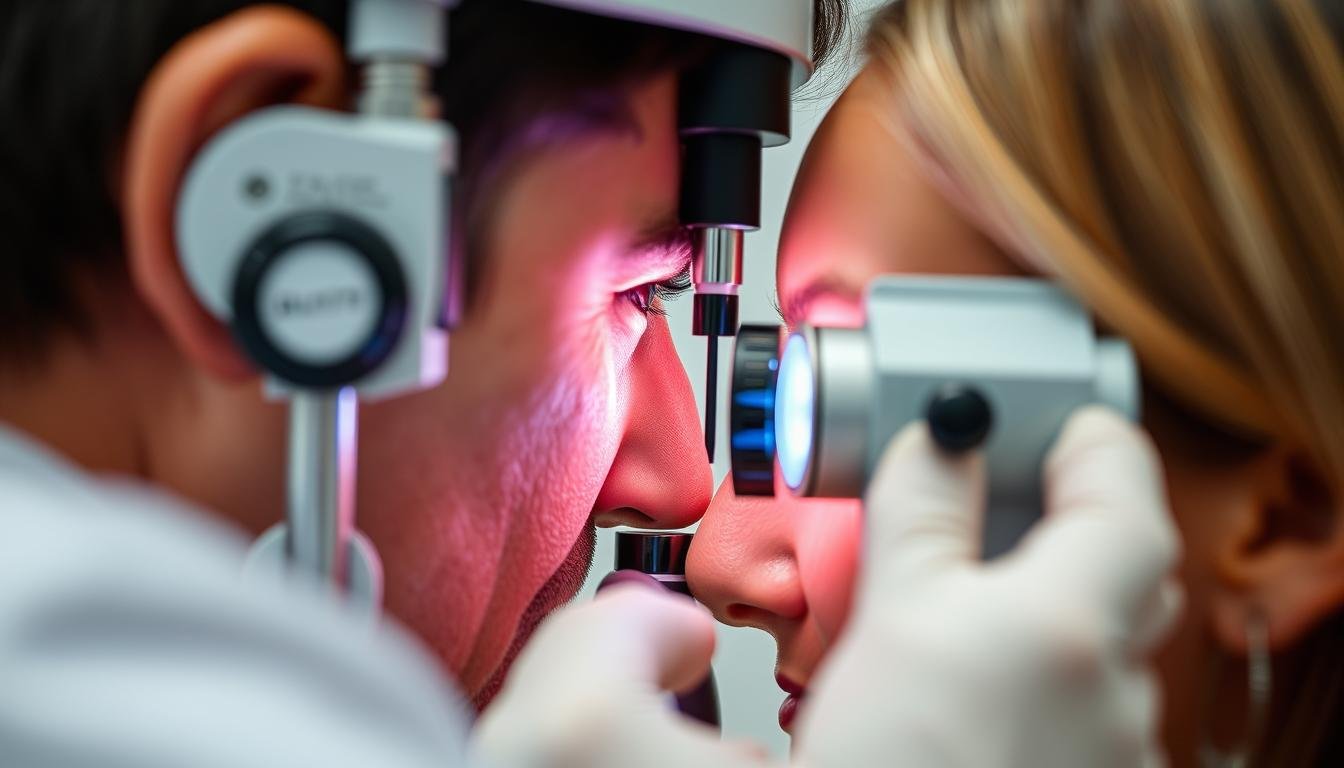
Iridology is the science of analyzing patterns, colors, and other characteristics in the iris of the eye to determine information about a person’s systemic health. This non-invasive assessment tool has been practiced for centuries and serves as a window into the body’s constitution and potential health predispositions.
Eye Reading (Iridology) The iris contains approximately 28,000 nerve endings connected to the brain via the optic nerve, making it uniquely susceptible to changes in the body’s health. By examining the fiber structure, color, markings, and pigmentations in the iris, a qualified iridologist can identify inherited strengths and weaknesses, recognize acquired conditions, and potentially determine root causes of health issues.
Unlike conventional medical diagnoses, iridology doesn’t claim to identify specific diseases. Instead, it helps reveal:

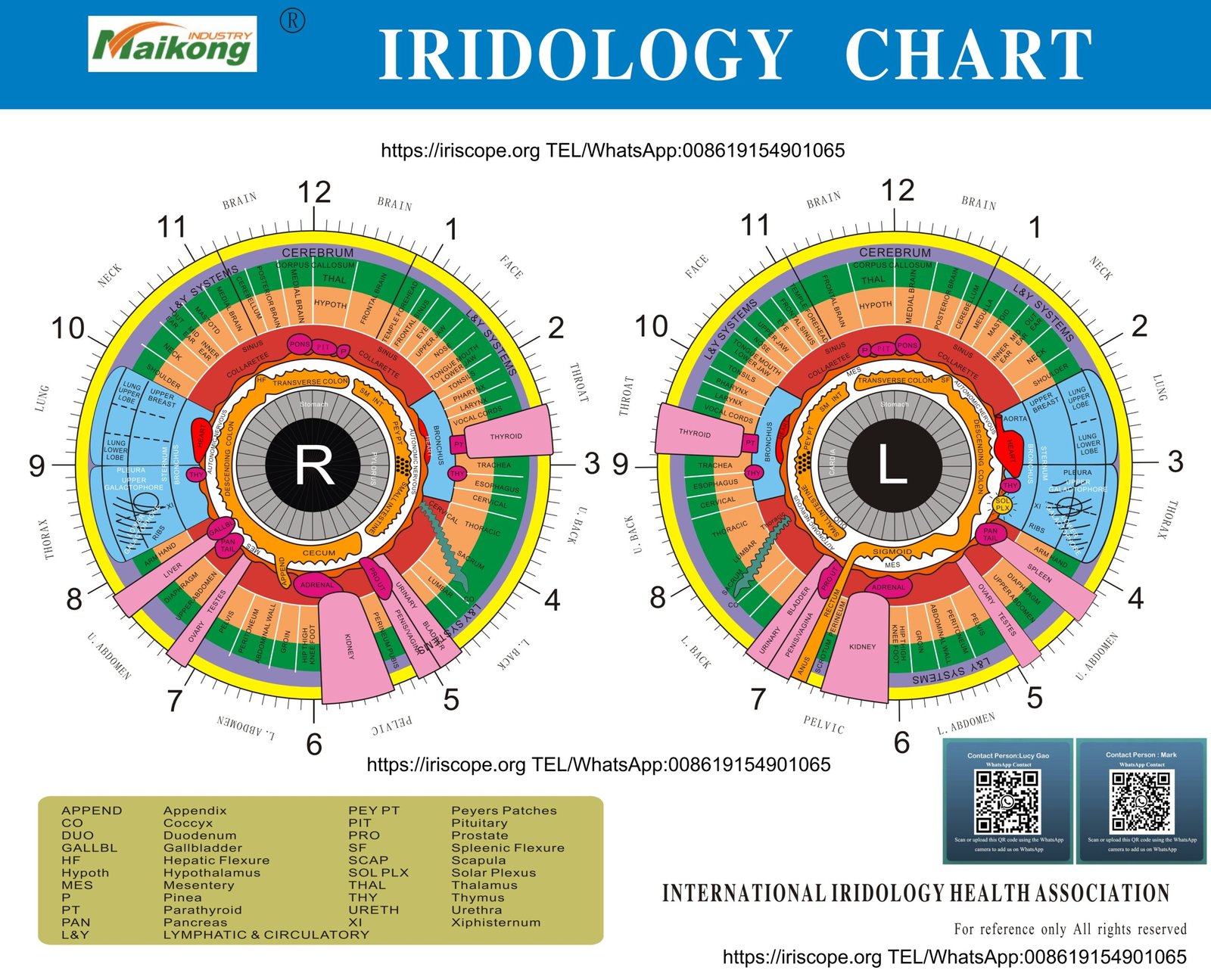


A holistic approach to iridology examines the system as a
whole rather than focusing on isolated symptoms. This comprehensive view allows practitioners to connect patterns and create a complete picture of the body’s operating system, addressing both physical and emotional aspects of health.
The effectiveness of an iridology session depends heavily on the practitioner’s training and expertise. While iridology is non-invasive, misinterpretation of iris signs can lead to unnecessary worry or inappropriate health recommendations.
A qualified Professional Eye Reading (Iridology) Practitioner possesses specialized knowledge of iris topography, understands the correlation between iris markings and body systems, and knows the limitations of this assessment method. They work within ethical boundaries and complement, rather than replace, conventional medical care.
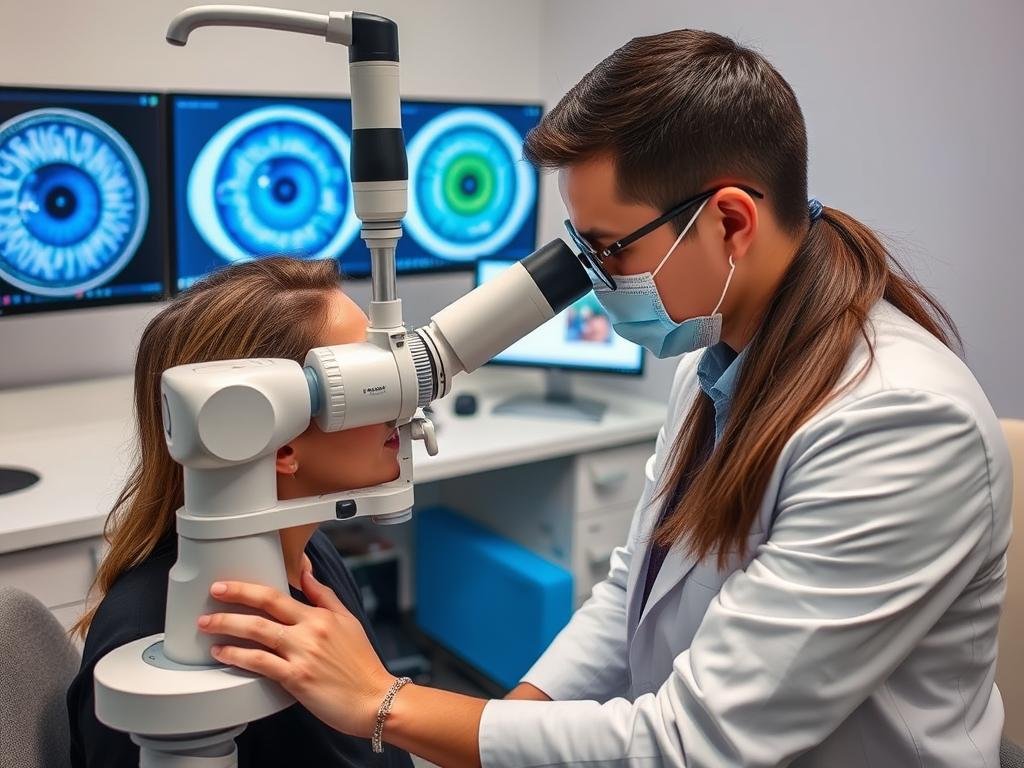
Importante: Iridology is an assessment tool, not a diagnostic method. Qualified practitioners should never claim to diagnose specific diseases or recommend discontinuing prescribed medical treatments.
The difference between a properly trained iridologist and someone with minimal education can significantly impact the value and accuracy of your consultation. Professional practitioners approach iridology from a holistic standpoint, connecting patterns to create a comprehensive picture rather than focusing on isolated findings.
When searching for a Professional Eye Reading (Iridology) Practitioner, consider these key factors to ensure you’re working with a qualified professional:

Look for practitioners with formal certification from recognized iridology organizations. Quality training programs typically require hundreds of hours of study and supervised practice.
Reputable certifications include those from the International Iridology Practitioners Association (IIPA), American Institute of Iridology, and other established institutions.
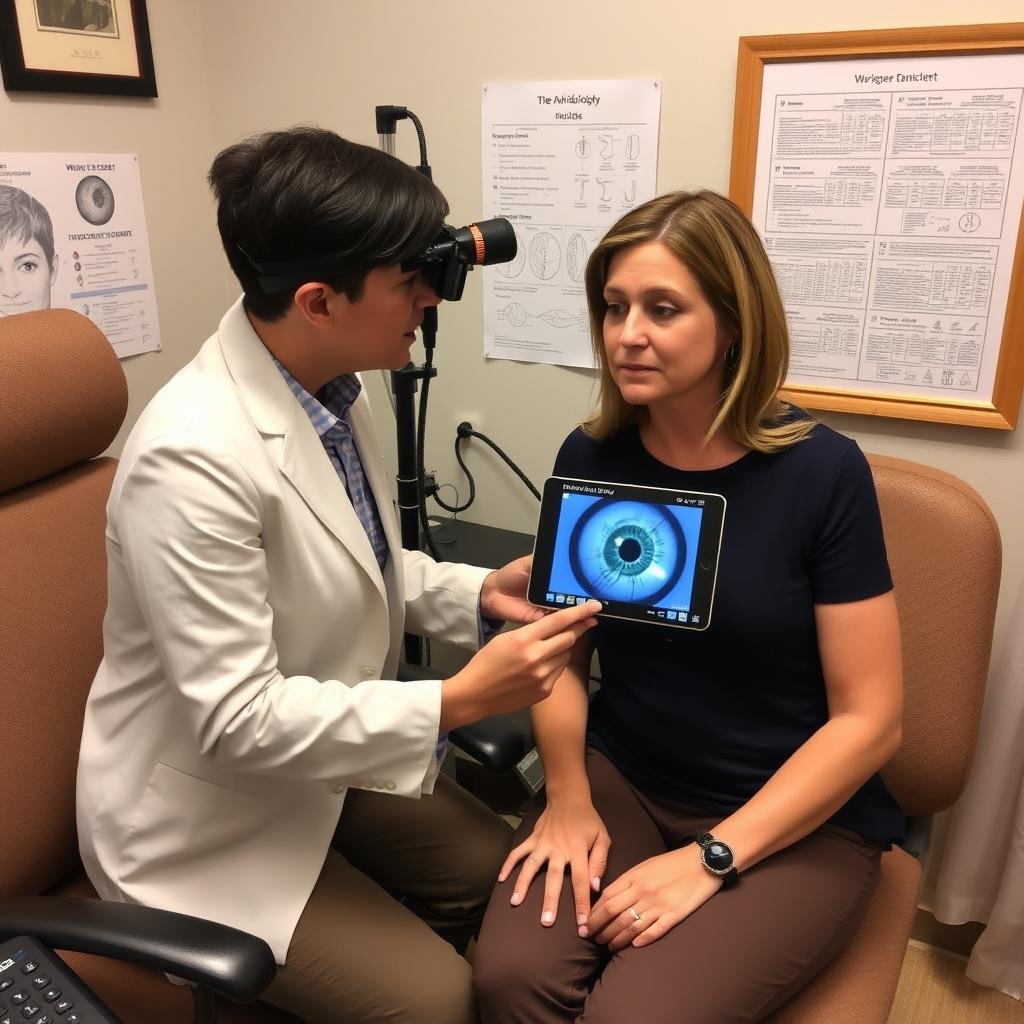
Consider the practitioner’s years of experience and number of clients served. Experienced iridologists develop pattern recognition skills that enhance their analysis accuracy.
Some practitioners specialize in specific areas such as nutritional counseling, emotional patterns, or particular health conditions, which may be relevant to your needs.
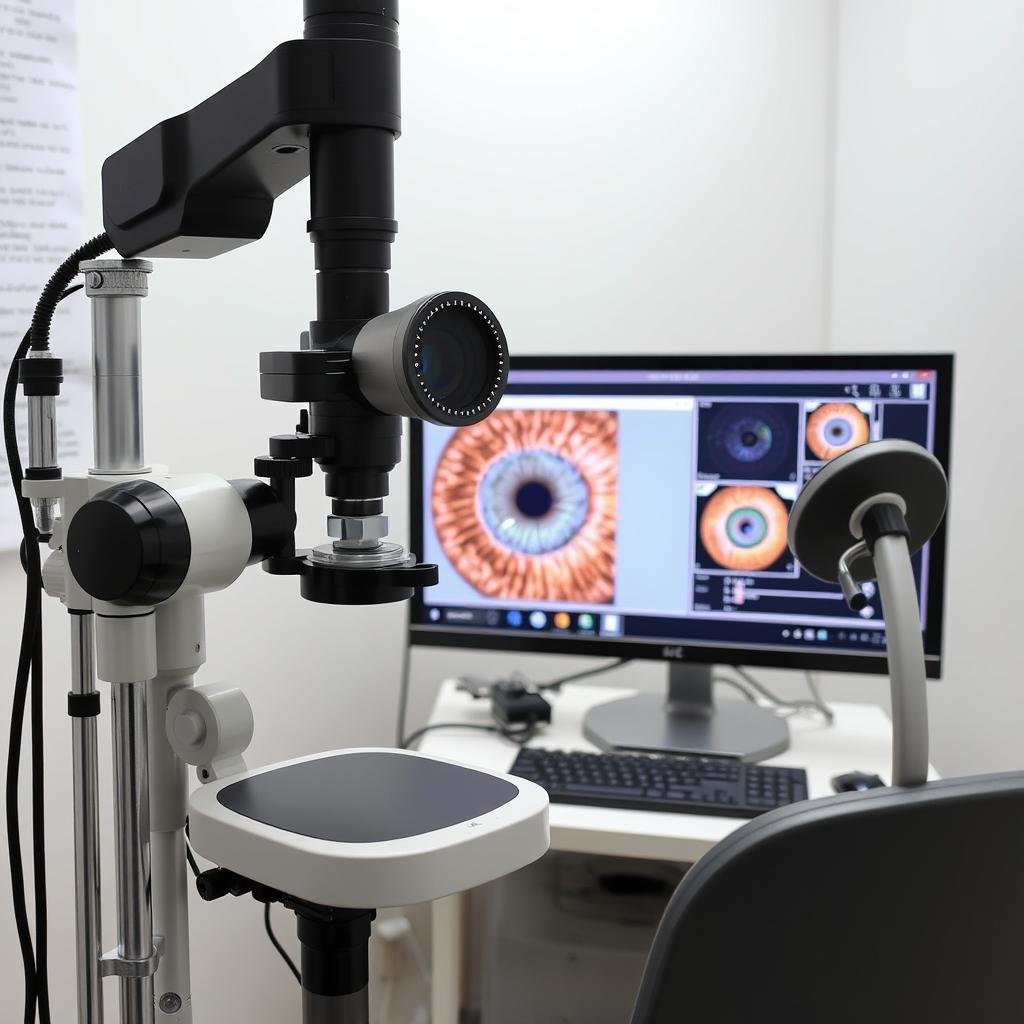
Professional iridologists use specialized equipment for accurate iris examination, including high-resolution cameras and proper lighting.
Advanced practitioners may utilize digital iridology software for detailed analysis and documentation of findings, enhancing the precision of their assessments.
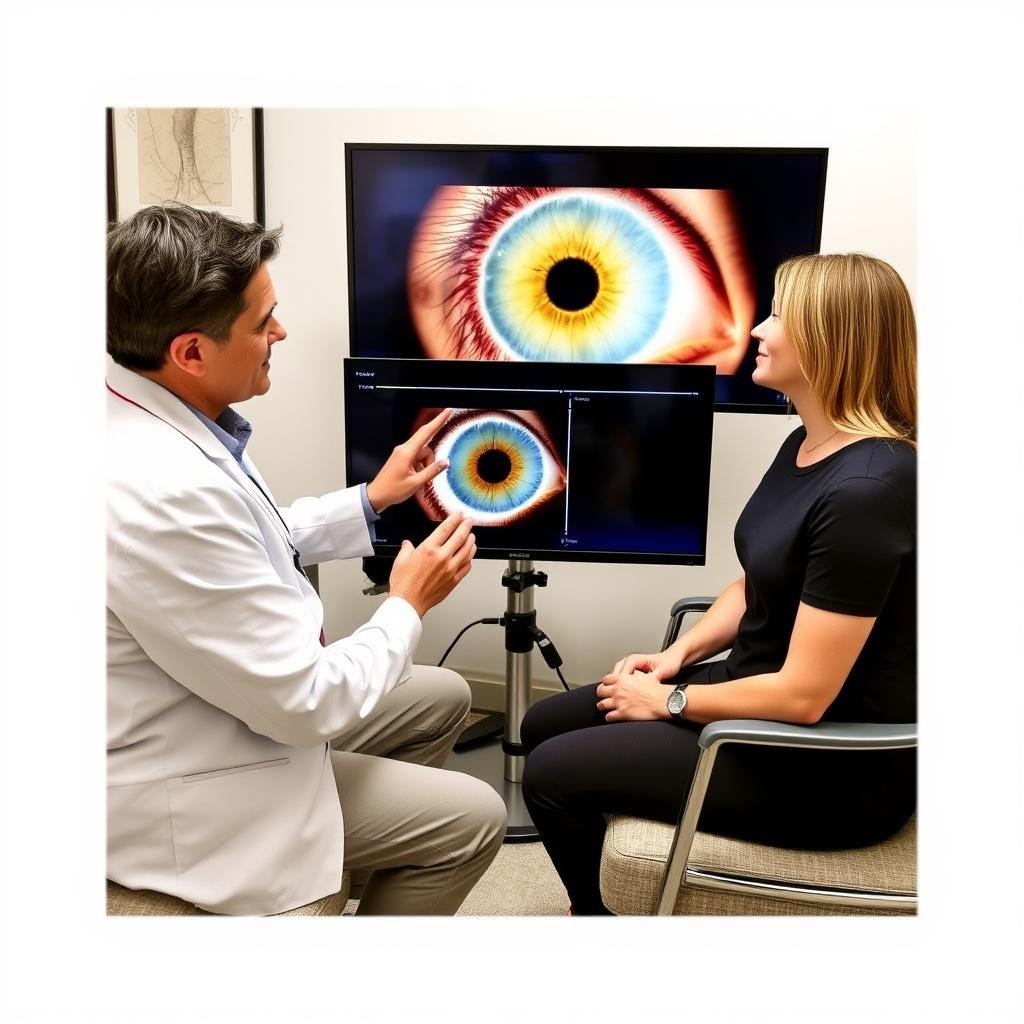
Ethical practitioners clearly communicate the scope and limitations of iridology. They should never claim to diagnose disease or replace medical care.
Look for transparency in their approach, including clear explanation of their process, reasonable fee structures, and no pressure to purchase expensive supplements or treatments.

Verified reviews and testimonials provide insight into others’ experiences. Look for specific details about the practitioner’s approach and the value clients received.
Be wary of practitioners with only vague testimonials or those making extraordinary claims about healing serious conditions through iridology alone.
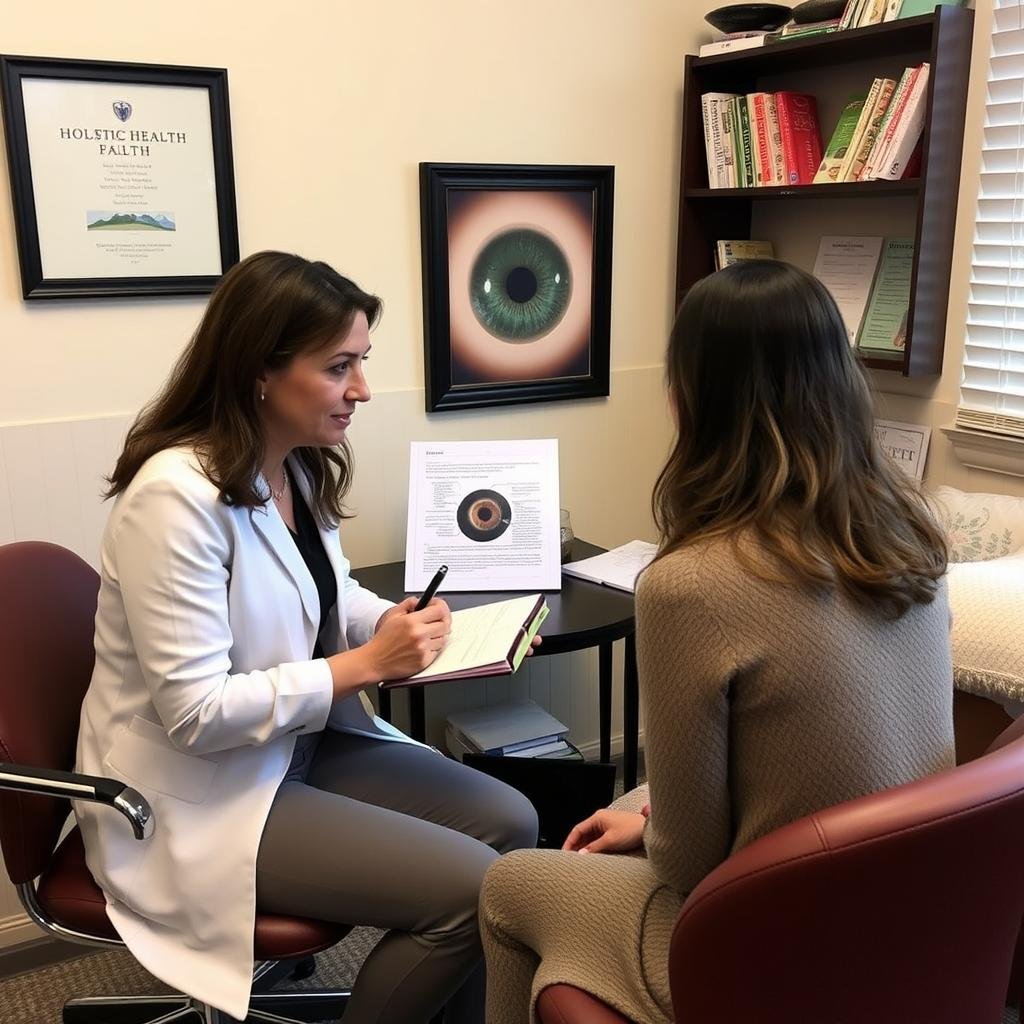
Quality practitioners take a comprehensive approach, collecting detailed health history before iris analysis and considering multiple factors in their assessment.
They should view iridology as one tool within a broader holistic framework, not as a standalone solution to all health concerns.
Connect with certified professionals who meet these essential criteria and can provide valuable insights through proper iris analysis.
Not all iridology certifications carry the same weight. Understanding the differences between various credentials can help you identify truly qualified practitioners.
| Certificazione | Issuing Organization | Requisiti | Livello di riconoscimento | Renewal Process |
| IRIDOLOGO CERTIFICATO (CI) | International Iridology Practitioners Association (IIPA) | 100+ hours of training, practical exams, case studies | Alto – Internationally recognized | Continuing education requirements every 2 years |
| Comprehensive Iridology Certification (CIC) | American Institute of Iridology | Level 1-3 courses, practical application, final exam | Alto – Nationally recognized | Annual continuing education |
| Diploma in Iridology (Dip.Ir.) | College of Natural Health & Omeopatia | 1-2 year program, supervised clinical practice | Alto – Internationally recognized | Professional development hours required |
| Certified Comprehensive Iridologist (CCI) | International College of Iridology | Multiple levels of coursework, practical application | Medio – Recognized in multiple countries | Continuing education every 3 years |
| Basic Iridology Certificate | Various online programs | Short course, often self-paced with minimal supervision | Basso – Limited professional recognition | Often none required |
Per la punta: Ask practitioners about their specific certification path, including the number of supervised clinical hours they completed. The most qualified practitioners typically have multiple certifications and engage in ongoing education.
Eye Reading (Iridology) Before booking an appointment with a Professional Eye Reading (Iridology) Practitioner, take time to verify their credentials. This due diligence helps ensure you’re working with a qualified professional who adheres to ethical standards.
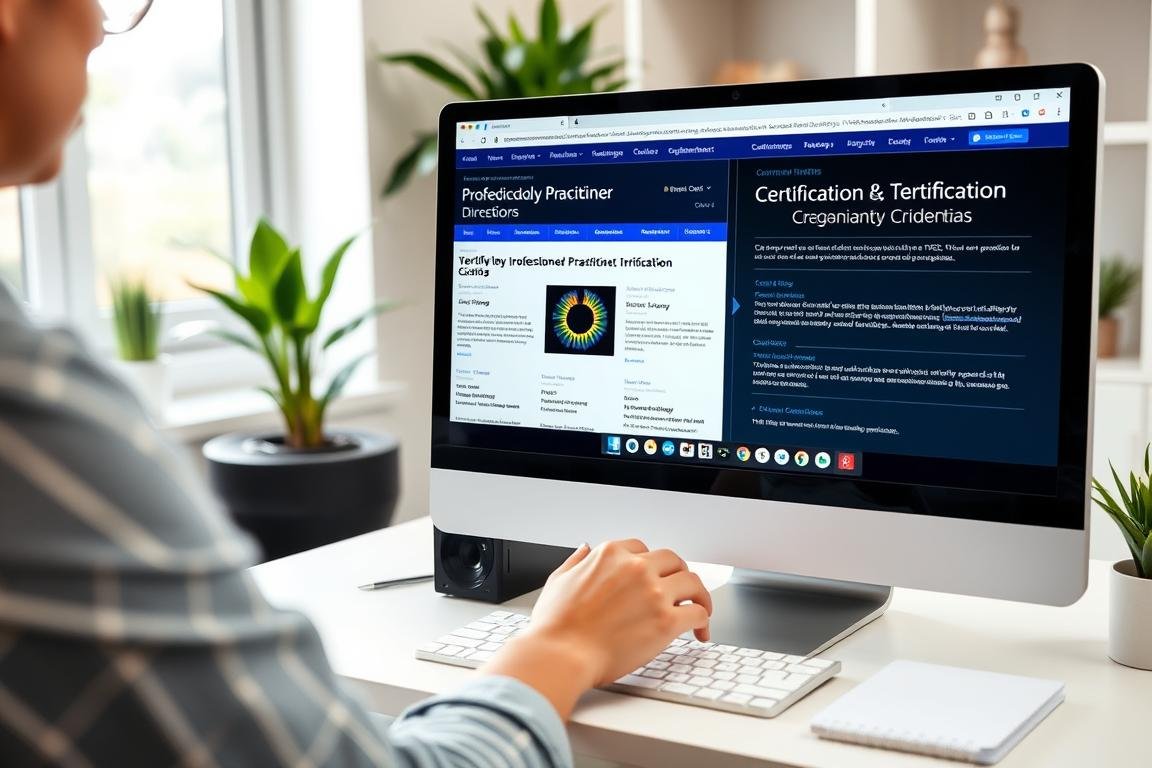
“Always verify that your iridologist has proper certification from recognized organizations. This simple step can make the difference between receiving valuable health insights and potentially misleading information.”
Use these trusted resources to check if your iridology practitioner holds recognized certifications.
Eye Reading (Iridology) Being aware of warning signs can help you avoid practitioners who may not provide quality iridology services. Watch for these concerning practices:
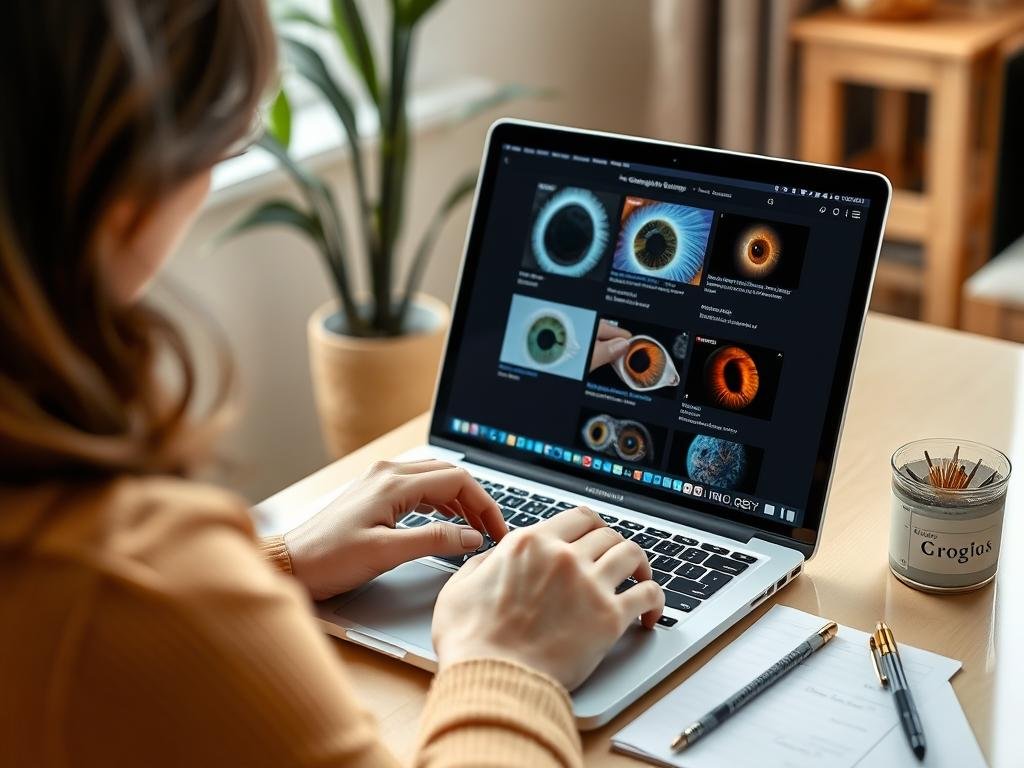
Important Warning: Legitimate iridologists recognize the limitations of iris analysis and do not claim it can diagnose specific diseases. They view iridology as a complementary assessment tool that works alongside, not in place of, conventional healthcare.
Eye Reading (Iridology) Remember that ethical practitioners will be transparent about what iridology can and cannot reveal. They should clearly communicate that iris analysis shows tendencies and predispositions rather than definitive diagnoses, and they should never promise to cure serious medical conditions through iridology alone.
Getting the most value from your session with a Professional Eye Reading (Iridology) Practitioner requires some preparation. Here’s how to prepare for an effective consultation:


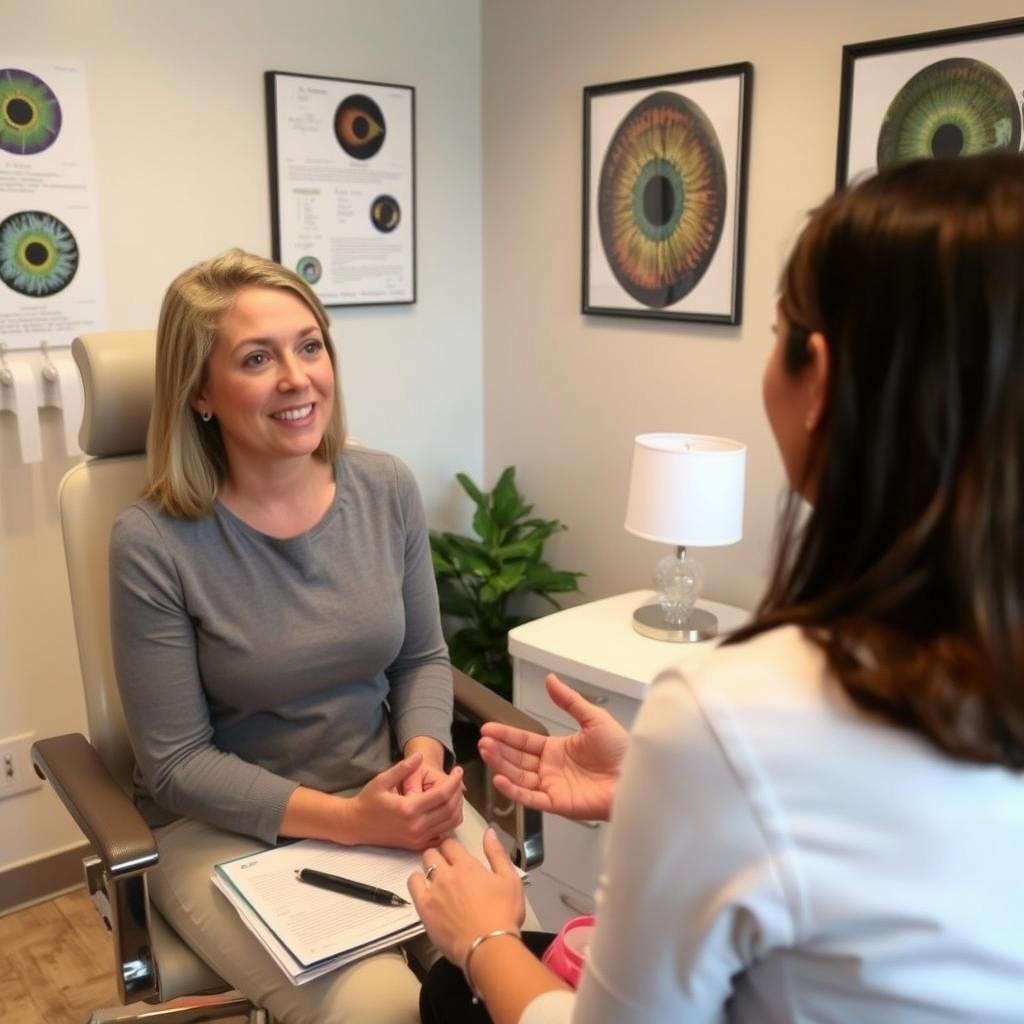
Download our comprehensive preparation guide to ensure you get maximum value from your iridology session.
Understanding the typical process of an iridology consultation helps set appropriate expectations and reduces anxiety about the unknown. While approaches may vary between practitioners, most professional sessions follow a similar structure:
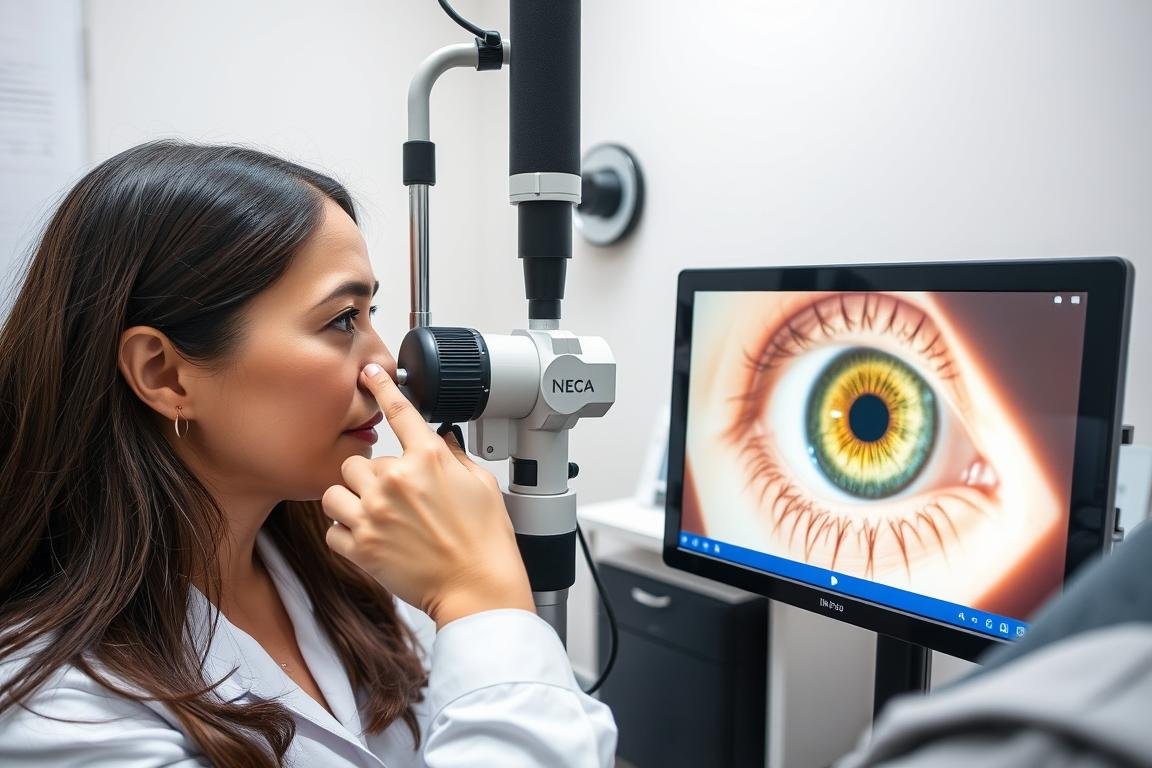
A professional session typically lasts between 60-90 minutes for an initial consultation, with follow-up sessions being shorter. The practitioner should take time to thoroughly explain their findings in understandable terms and answer your questions without rushing.
“A quality iridology session feels educational rather than mysterious. You should leave with a clearer understanding of your body’s patterns and practical steps to support your health journey.”
With advances in technology, many Professional Eye Reading (Iridology) Practitioners now offer virtual consultations in addition to traditional in-person sessions. Understanding the differences can help you choose the format that best meets your needs.
| Aspetto | In-Person Consultations | Virtual Consultations |
| Qualità dell'immagine | Highest quality using professional equipment | Depends on client’s camera quality and lighting |
| Practitioner Access | Limited to local practitioners | Access to specialists regardless of location |
| Interaction Quality | Direct personal connection and communication | Technology-mediated interaction |
| Convenience | Requires travel and scheduling | Convenient from home, flexible scheduling |
| Additional Assessments | Can include other physical observations | Limited to what can be observed via video |
| Cost | Generally higher due to facility costs | Spesso più conveniente |
Virtual Consultation Tip: If choosing a virtual session, ask the practitioner for specific instructions on capturing high-quality iris photos. Proper lighting, camera positioning, and image resolution are crucial for accurate analysis.
Many practitioners now offer hybrid approaches, with initial photography done virtually followed by an in-depth consultation, or initial in-person sessions with virtual follow-ups. The best format depends on your specific circumstances, including location, budget, and personal preferences.
The true value of a consultation with a Professional Eye Reading (Iridology) Practitioner comes from how you integrate the insights into your overall health approach. Iridology findings can serve as valuable pieces of your health puzzle when properly contextualized.

“The most successful clients view iridology as one valuable perspective within their broader health journey. They integrate the insights with other information sources and take an active role in applying the recommendations.”
Remember that iridology is most valuable when used as part of a holistic approach to health. The patterns in your iris reveal tendencies and predispositions, providing direction for preventive measures and lifestyle adjustments that support your body’s natural balance.
Selecting a qualified iridology practitioner is an important step in exploring this fascinating aspect of holistic health assessment. By following the guidelines in this article, you can approach the process with confidence and discernment.
Remember these key takeaways:
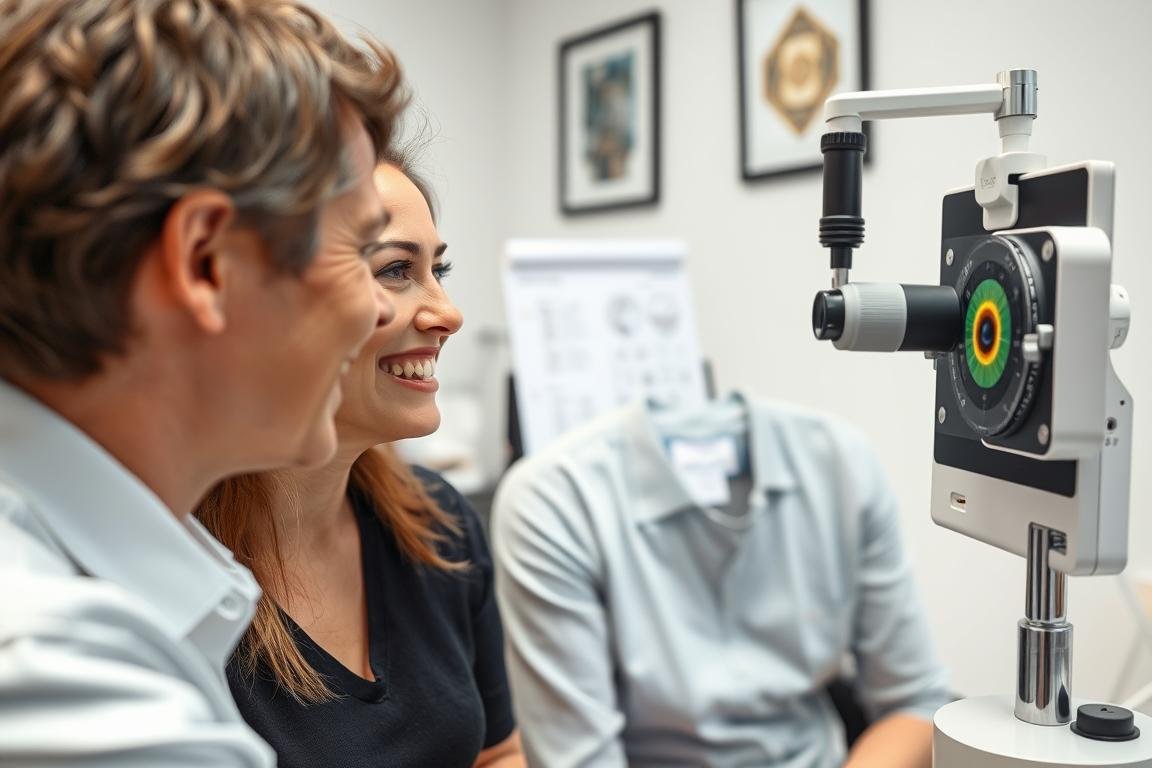
A skilled Professional Eye Reading (Iridology) Practitioner can provide valuable insights into your constitutional strengths and weaknesses, helping you develop targeted strategies for optimal wellbeing. By choosing wisely, you’ll gain a unique perspective on your health journey that complements other approaches to wellness.
Take the next step in your holistic health journey with a certified iridology practitioner.
Professional iridology consultations generally range from -0 for an initial session, depending on the practitioner’s experience, location, and session length. Follow-up appointments are typically less expensive. Some practitioners offer package deals for multiple sessions or combined services.
Most conventional health insurance plans do not cover iridology consultations. However, some flexible spending accounts (FSAs) or health savings accounts (HSAs) may reimburse these services if properly documented. Check with your specific plan administrator for details.
For most people, an initial consultation followed by a follow-up 3-6 months later is sufficient to establish baseline information and monitor changes. After that, annual assessments are typically adequate for preventive purposes, unless specific health concerns arise.
Yes, iridology can be performed on children to identify constitutional strengths and weaknesses. This information can be valuable for parents in supporting their child’s development and addressing potential health tendencies early. The process is non-invasive and comfortable for children.
Yes, contact lenses should be removed before an iridology examination as they can distort the appearance of the iris and interfere with accurate analysis. If you wear contacts, remove them at least 30 minutes before your appointment to allow your eyes to return to their natural state.
Our network of certified iridology practitioners is ready to answer your specific questions.
SOFTWARE MAIKONG IRIDOLOGIA Installazione e funzionamento
